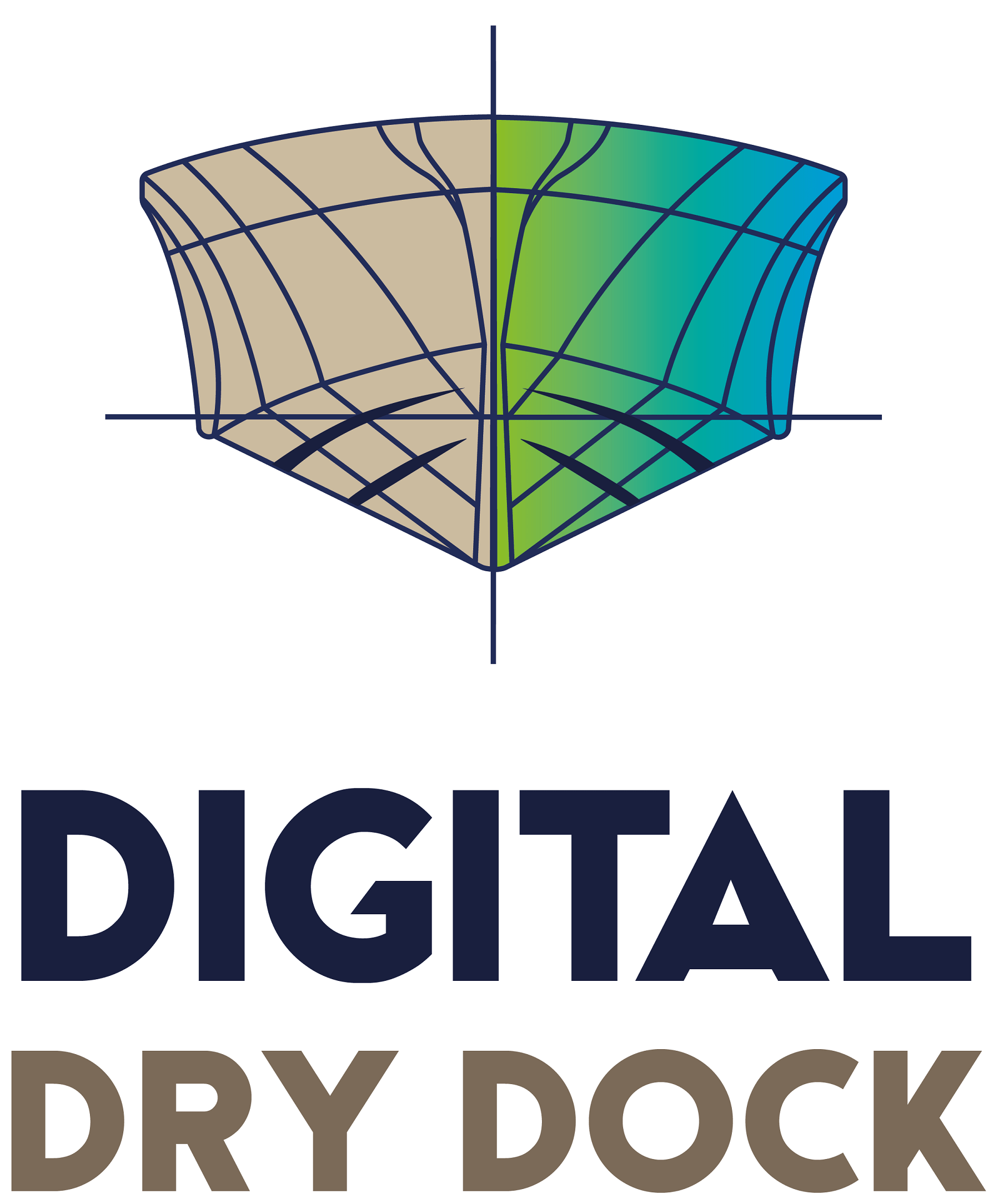Last month we visited Multimarine, to assist them in creating CAD models for some of their production models. Using our laser scanning capabilities, we were able to reverse engineer existing moulds/boats into useful CAD models, giving them a starting point to work from when designing modifications and custom features.

Why is reverse engineering necessary?
Before we start, it’s worth considering some of the reasons why reverse engineering may be necessary for boat builders, boat owners and other marine stakeholders. Here are some of the main reasons, all of which our digital laser scanning solutions can help you with:
- Existing designs may be drawn on paper or developed without drawings
- Existing CAD designs may not be accurate
- Existing CAD designs may be missing or lost
- Production moulds may have been bought from original creators without the CAD designs
Click here to learn more about Digital Dry Dock’s services, and how we can reverse engineer CAD models for your vessel.

Point Cloud over Mesh Model
The Multimarine Project
Redesigning vessels to keep up with the latest trends and technologies is crucial to maintaining Multimarine’s reputation as ‘unique innovative and highly personalised boatbuilders’. On this occasion, our role was to create CAD models of the hull and deck structures of some of their vessels and full CAD models of some of their small production catamarans. These CAD models will now be used to design new variants of the existing craft, so that they can customise and fine tune the original designs.
How was the work carried out?
Ollie visited Multimarine and scanned a mixture of GRP moulds and GRP boats within the same day. He was able to use laser scanners to create digital twins of the vessels and to capture their hull and deck forms. From the point of scanning, the data was processed within two days to create 3D CAD models with an accuracy of less than 3 millimetres.
What was the alternative to laser scanning?
Without laser scanning, a skilled draughtsman would have needed to take painstaking manual point measurements along slices through the hull shape at known intervals. They would then ‘loft’ lines and surfaces through them to redraw a very similar representation of the subject. This would take days rather than hours and be far less accurate, regardless of the skill of the draughtsman.

How will Multimarine use these CAD drawings?
Once they received the 2D and 3D CAD drawings, Multimarine were able to design modifications on top of them, to improve the existing vessel design. This means they can create new production moulds, bespoke parts or new customisations with high accuracy and precision.
What did Multimarine have to say?
“I’d like to thank again the team at Digital Dry Dock for the amazing scanning work we received the other week. We have been looking to digitise a variety of older vessels in our yard that did not have up to date CAD files.
Ollie Graffy assisted us using scanning gear and point cloud mapping software, providing us with accurate hull and deck models. These models… will allow us to further hull development for resistance and stability assessments, while providing us a basis to develop new interior and deck configurations.”
– Luca, Multimarine Designer
To learn more about how we can help you with reverse engineering CAD designs and much more visit our website. Or get in touch at info@digitaldrydock.co.uk.


